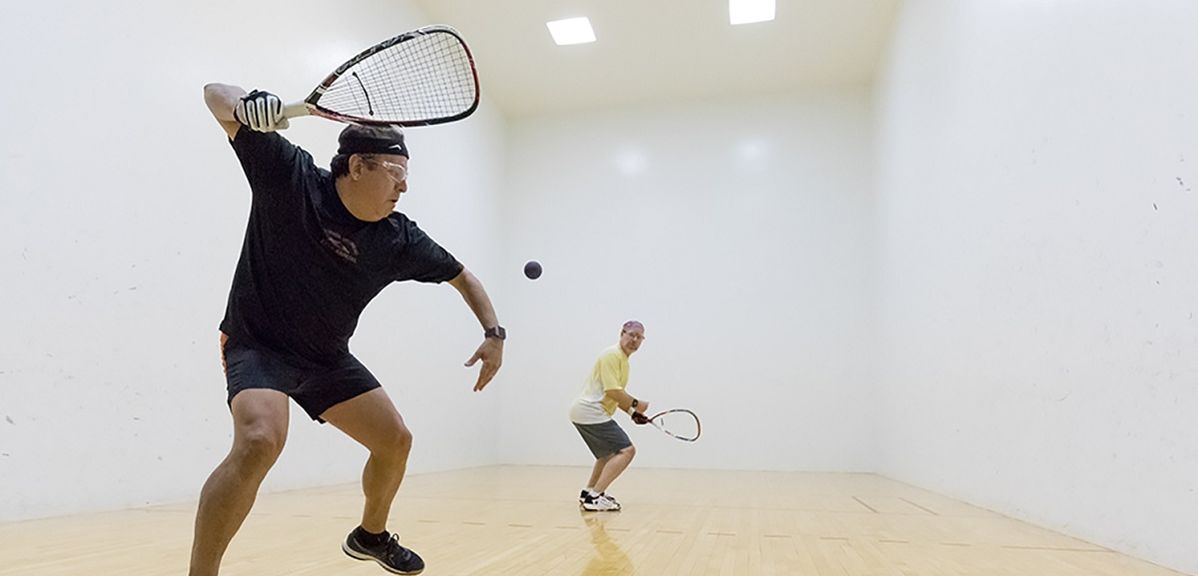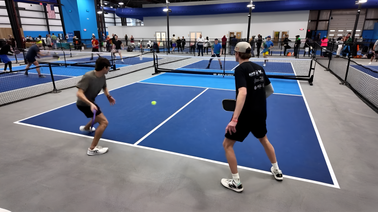
The slice drive is a rarity in the pickleball world. But if you run into a squash or racquetball player, you could see them whip out a shot with so much backspin, it becomes a threat to public safety.
I've only met a few players that use it consistently, but the players who hit it, hit it hard.
Their ball gets on you fast. I'm talking Jenny Finch, Randy Johnson, bird exploding gas. A ball that, if you let it go, doesn't even descend before it crashes into the back fence.
Unlike the topspin drive that dips in the backcourt, the slice tends to float. If it’s high and hard, then it’s going, going, gone.
Naturally, the best defense in this situation is to let the ball go. If you run into someone that slices their drive, let it go, at least the first time you see it.
Make them land a few in before you step into the crosshairs.
Then, if they prove they can control the drive, it is time to deal with the spin.
In order to successfully return a backspin shot, you need to understand that a sliced ball will dive off of your paddle.
Here are two key things to remember:
- Soften your hands to deal with the speed.
- Play the volley cross court to give yourself a greater margin for error on clearing the net.
Leave the volley higher than usual to account for the spin until you can dial in the shot.
If their drives continue to cause difficulty, focus on a return that is low so they have to hit up on the ball or switch to a drop.
Read Next: Minimize Errors with This Advanced Pickleball Drill
Consider yourself prepped for another wildcard matchup at the courts.
We send our newsletter subscribers valuable pickleball tips like these three days a week. Up your game by subscribing now:










